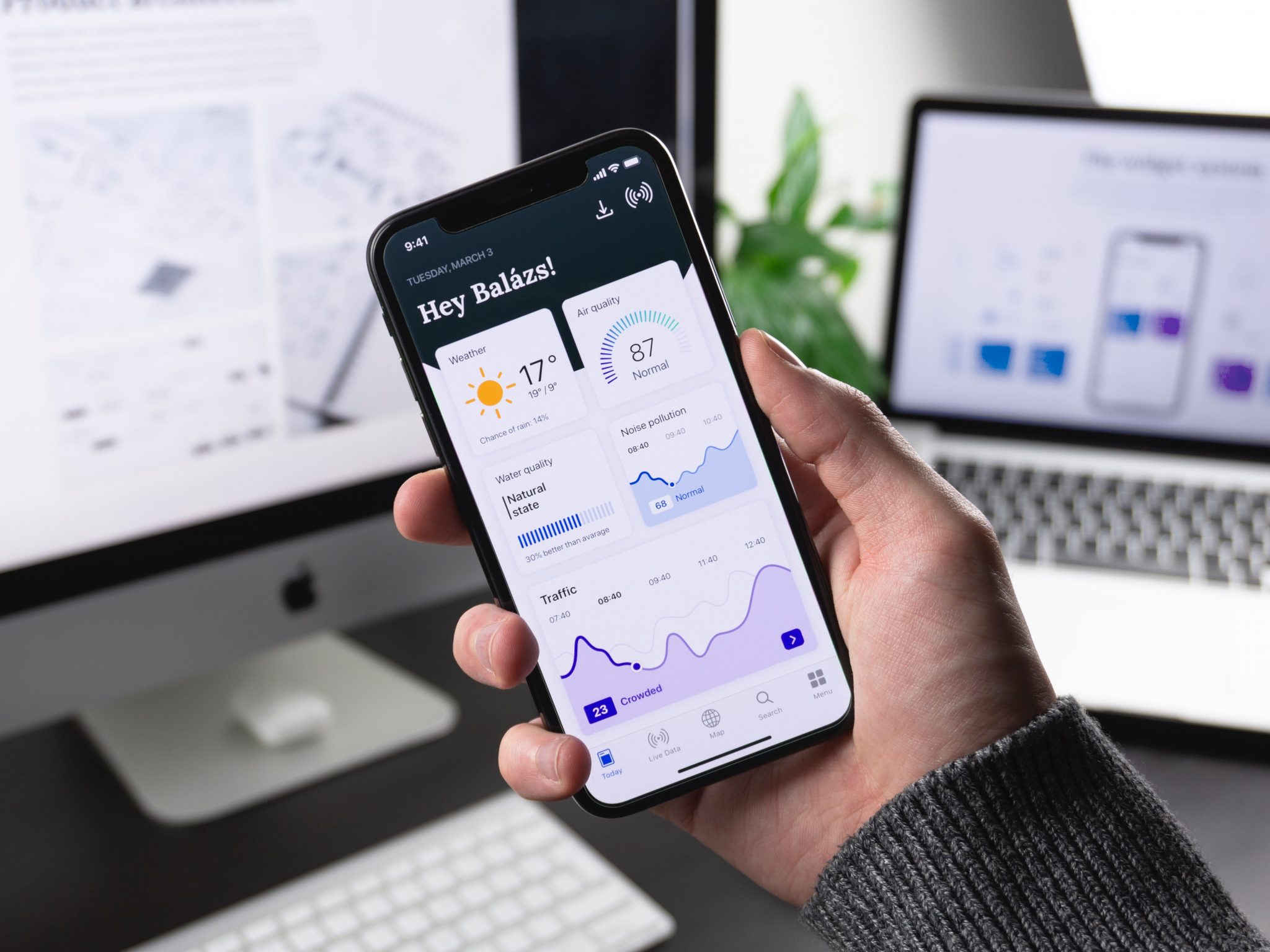How end-users perceive a product ultimately can decide the fate of businesses large and small.
While larger and better-known entities may be able to botch a product roll-out and still weather the proverbial storm, smaller businesses do not have such a luxury. One major mistake and suddenly the company’s reputation is obliterated.

Specifically, and with regard to app development, ensuring that any software solution reaches the target audience without major quality assurance issues or bugs is paramount. While every developer and software company knows the importance of this endeavor, utilizing the best tactics to isolate and correct these issues is more complex.
Here are 5 tips that can help you uncover those product-ending bugs in any app.
Maximize Test Coverage
Generally speaking, the more testing you conduct, the better the chances of uncovering all major bugs that could wreak havoc on your eventual app deployment. Not only is it generally recommended to conduct as many rounds of testing as possible prior to launch but testing your app on as many devices and through as many regular users as possible can further uncover potential flaws that jeopardize your app’s success.

This is why it is recommended that any app be scrutinized via crowdsourced quality assurance and functional testing service like globalapptesting.com. It provides best practice solutions that allow your app to be tested for bugs, along with various functional testing scenarios. Developers can locate crucial bugs and other errors via testing across all devices and countries.
Balance the Use of Regression Testing
Any developer or app company knows all too well how even the smallest of changes can cause cascading performance issues throughout the entire app development process. For this reason, most developers understand and utilize extensively the concept of regression testing.
For those unfamiliar with the phrase, regression testing involves re-running previously-tested scenarios after each minor update or change in development. This tedious process can help improve functional testing overall but can also be overwhelming for smaller developers. As such, recommending that a balanced approach of regression testing be utilized can potentially save time and allow for more end-stage elimination of bugs. This can potentially reduce the chances of feeling pressured to rush an app to market before all critical bugs can be found.

Comb Through Crash Reports
Building any mobile app or software solution involves an incredible amount of research and reports. Many developers find the assessment of crash reports to be one of the least preferred tasks during the creation of any app, but it is all too essential in the creation of bug-free products.
With so much data to sift through, it’s useful to have tools that make the crash report process a less annoying affair. Thankfully, a large assortment of crash reporting utilities are available to businesses and freelance developers alike that can minimize the time spent combing through this data by doing so on your behalf.
If you are interested in learning more about mobile app crash reporting tools that may be of service, then click here.
Press That Button!
One of the single-biggest areas where even otherwise well-designed mobile apps can be buggy pertains to buttons, links, and other clickable elements. It is here – due to the differences in devices and operating systems, as well as the level of responsive design implemented within the app itself – where improperly-sized buttons, rapid or double-clicks, or even crashes related to these elements can often occur.

Because of this, it is imperative that you conduct as much bug testing as possible surrounding these elements. By conducting extensive functional testing specifically for these areas, you will potentially eliminate a large percentage of bugs and glitches that end-users will otherwise experience within your app.
Focus on Responsive Design Testing
Now more than ever, apps need to be able to function on a myriad number of devices, resolutions, and operating systems. Even for developers concentrating on native apps, the number of different devices utilizing that same system can create a huge variance. Ultimately, you’ll have to choose which app format is right for you. While clickable elements certainly play a role here (as mentioned earlier), responsive design impacts much more than that.
All too often, responsive design can be a huge cause of bugs in apps. After all, poorly-designed apps that do not adjust to the end user’s screen size, resolution, and other device details can create compatibility issues along with constant crashes. This is why developers must focus on responsive design testing.

As mentioned earlier, crowdsourced functional testing can help discover any leftover bugs near the end stages of development. However, developers should be testing for major responsive design problems throughout each stage of app development. Otherwise, you end up either releasing an inferior product or have to discover and rework a large number of bugs and issues all at once.
Finding a litany of bugs in any app is a natural part of the development process. However, there are more efficient methods through which companies and developers can discover these problems. These tips can help focus your efforts and reduce the amount of late-stage development stress and testing that all too many app developers experience.






